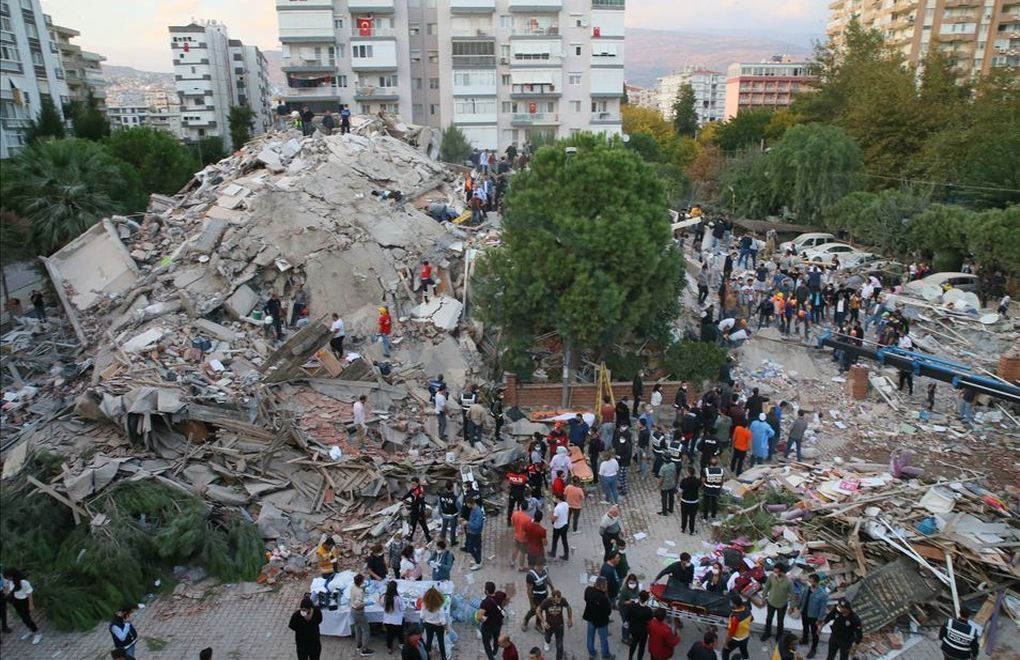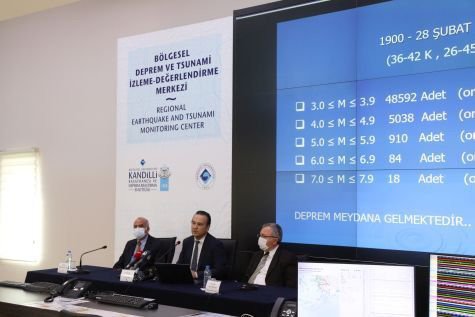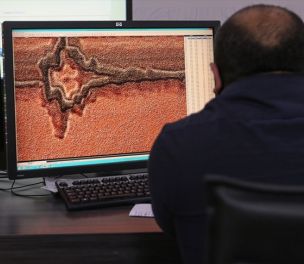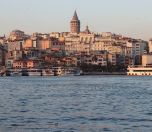The question is not ‘When will earthquake hit?’, but ‘Will we be ready?’

* Photo: Mehmet Emin Mengüarslan - AA (İzmir earthquake / October 2020)
Click to read the article in Turkish
On the occasion of March 1-7 Earthquake Week, a press conference was held at Boğaziçi University Kandilli Observatory and Earthquake Research Institute in İstanbul yesterday (March 3). Current data about the earthquakes in Turkey was shared at the conference.
While it was noted that half of the seismic energy off the coast of Tekirdağ-Silivri in northwestern Turkey has gotten away, it was further underlined that what needs to be focused on is not when the earthquake will happen, but what possible damage it will cause.
It was also stressed that there is a need for an up-to-date study about the damage to be caused by a major earthquake in İstanbul.

Offering a general overview of the seismic movements and earthquakes in Turkey, Boğaziçi University Kandilli Observatory and Earthquake Research Institute Director Prof. Haluk Özener said that 1,470 earthquakes over magnitude 7 happened in the world between 1900-2021 and more than two million people lost their lives in these earthquakes.
'It may not be a harbinger of a major earthquake'
Prof. Özener also noted that in the geography where Turkey is located, 11,302 earthquakes over magnitude 4 happened by the end of 2021.
"Earthquakes are not a surprise, this geography is very active. An earthquake at magnitude 3 to 3.9 happens almost everyday," said the Institute Director, noting that "the increase in the number of earthquakes may not be a harbinger of a major earthquake."
Saying that they know the characteristics of the fault lines in the Marmara region in northwestern Turkey very well, Özener added:
"There are two unfractured parts of the North Anatolian Fault Line; energy keeps on accumulating there. The more energy is accumulated there, the more destructive we expect the earthquake will be. There are earthquake stations that we have set up in the Marmara Sea. We instantly listen to the heart of Marmara, we can follow even the very minor earthquakes."
'Half of seismic energy has gotten away'
Prof. Ali Pınar, the Vice Director of the Institute, also shared some information about the earthquakes occurring in the Marmara Sea:
According to the data that we have obtained thanks to opening measurements, half of the seismic energy on the rib off the coast of Tekirdağ-Silivri has gotten away. While an energy accumulation of 20 millimeters was normally expected there, only 10 millimeters have accumulated, which is a positive finding. These measurements are also the case a little more to the east of the Marmara Region and we hope that we will get a similar result from there as well.
'Information pollution'
Assoc. Prof. Doğan Kalafat, the Director of Regional Earthquake - Tsunami Monitoring and Evaluation Center, stressed that there is an unnecessary information pollution in the press about earthquakes:
"Everyone may make some predictions about earthquakes based on some data, but they can never be considered evidence that that earthquake will take place. What we kindly ask the press is that they do not credit such news much and they do not lead people to panic.
"After almost every earthquake at magnitude 4 and higher, rumors of an 'imminent major earthquake' start to circulate. The Marmara Sea is a very active region due to the fault line along its bottom, it is very natural that earthquakes constantly occur there for this reason.
"The energy that has accumulated should, of course, not be ignored and we should not abandon measures. What is important is not the question of 'When will the earthquake happen?', but 'Will we be ready?'. (AÖ/SD)





